Science
Milky Way's rarest black hole may lurk behind 7 stars that 'shouldn't be there'
Astronomers may have found a rare "missing link" black hole in the Milky Way after spotting a group of improbably fast-moving stars at the heart of a nearby stellar cluster. If confirmed, the cosmic juggernaut, known as an intermediate-mass black hole (IMBH), would be the second-largest black hole ever found in our galaxy.
IMBHs are an extremely rare subset of black holes that are larger than stellar-mass black holes but smaller than supermassive black holes. This means they can be anywhere between 100 and 100,000 times the mass of the sun, according to NASA.
In theory, IMBHs should be just as common as other black hole types. However, astronomers have struggled to locate potential IMBHs or confirm their existence — and they aren't sure why. As a result, IMBHs are often referred to as missing link black holes. While several promising candidates have been detected, none have been proven to be the real deal.
Now, in a recent study uploaded April 4 to the preprint server arXiv, researchers may have uncovered evidence of a large IMBH in the globular cluster Omega Centauri — a compact group of around 10 million stars in the Milky Way located around 17,000 light-years from Earth.
The team compared 500 photographs of Omega Centauri taken by the Hubble Space Telescope and mapped the movements of around 1.4 million stars at the cluster's center. This revealed at least seven stars that "should not be there," researchers wrote in a statement.

This is because these stars were spotted whizzing around fast enough to escape the cluster's gravity and fly off into intergalactic space. But despite this, the stars continue to orbit at breakneck speed near the cluster's center.
"The most likely explanation [for this] is that a very massive object is gravitationally pulling on these stars and keeping them close to the [cluster's] centre," study lead author Maximilian Häberle, a doctoral candidate at the Max Planck Institute for Astronomy (MPIA) in Germany, said in the statement. "The only object that can be so massive is a black hole, with a mass at least 8,200 times that of our sun."
-
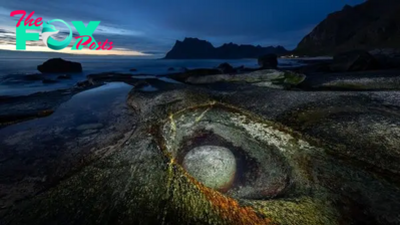
 Science11h ago
Science11h agoNorway's Dragon's Eye: The fantastical 'pothole' that emerged from ice 16,000 years ago
-
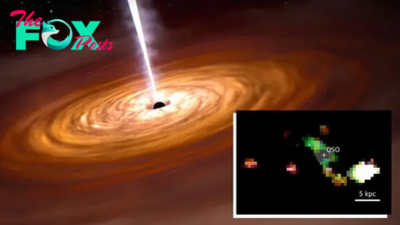
 Science11h ago
Science11h agoJames Webb Space Telescope sees an ancient black hole dance with colliding galaxies
-

 Science21h ago
Science21h agoSpartacus, the gladiator who led a slave revolt against the Romans
-
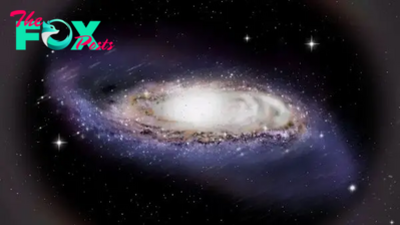
 Science22h ago
Science22h agoAstronomers measure 'warp speed' of Milky Way galaxy
-

 Science1d ago
Science1d agoMassive helium reservoir with 'mind-boggling' concentrations may be even bigger, more concentrated than we thought
-

 Science1d ago
Science1d agoAll El Niños will be extreme if climate change isn't slowed, study suggests
-
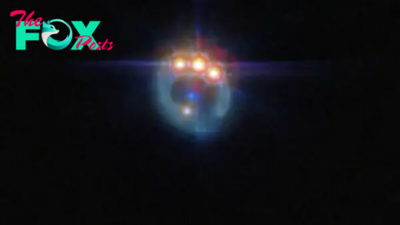
 Science1d ago
Science1d agoJames Webb telescope spies bejeweled 'Einstein ring' made of warped quasar light
-
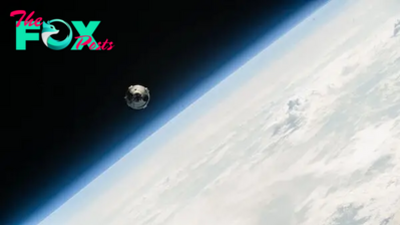
 Science1d ago
Science1d agoNASA astronauts say they're 'confident' Starliner will bring them home, despite no return date in sight

















